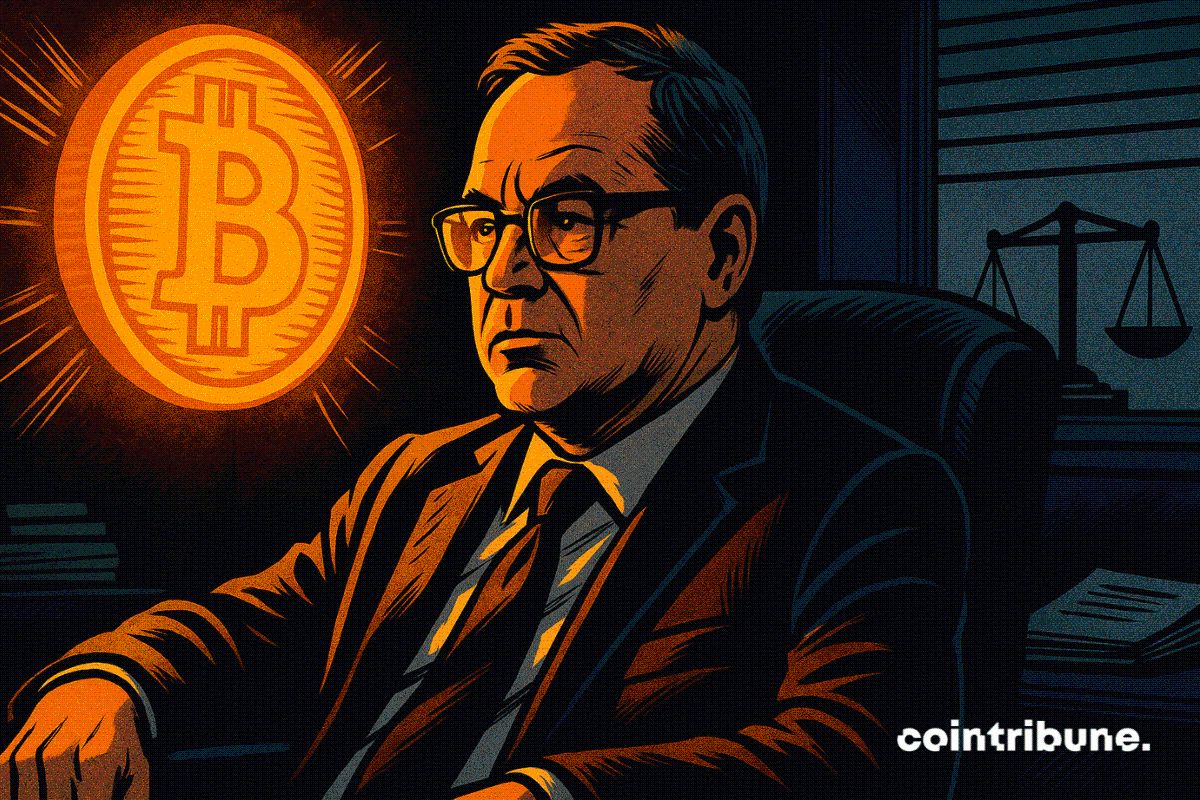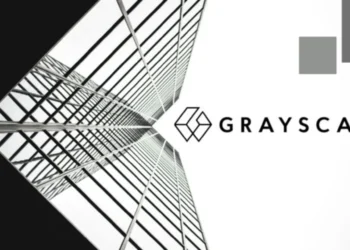News
Stay up to date on the latest crypto trends with our expert, in-depth coverage.


- Avail's Nexus Mainnet launches as a cross-chain execution layer to unify liquidity across Ethereum , BNB Chain, and other major blockchains. - Its intent-solver architecture optimizes transaction routing with multi-source liquidity, enabling seamless asset and user movement between chains. - Projects like Lens Protocol and Vanna Finance adopt Nexus for unified collateral management, using the AVAIL token ($0.0080) for governance and coordination. - Avail plans to expand Infinity Blocks to 10 GB per block

- Bitcoin treasury firm Strategy claims 71-year dividend sustainability with $56B Bitcoin holdings, even if prices stagnate at $87,000. - Industry faces instability from JP Morgan boycotts and MSCI's 2026 index exclusion plan, risking automatic crypto sell-offs. - Strategy's 5.9x asset-to-debt ratio and Nasdaq 100 inclusion contrast with peers selling Ethereum reserves amid liquidity pressures. - Market debates long-term viability as Saylor insists on "HODL" strategy, but prolonged Bitcoin declines below $

- Bitcoin faces bearish pressure with MACD sell signals and price below key EMAs, risking a 10% drop to $83,111 if support fails. - Ethereum's death cross pattern and XRP's weak technical structure highlight vulnerability near $3,000 and $2.00 support levels. - Macroeconomic uncertainty over Fed rate cuts and ETF outflows amplify downward pressure on crypto markets. - Bitcoin ETFs show fragile recovery with $74M inflow, while Ethereum ETFs face sustained outflows and bearish sentiment. - Speculative intere

- U.S. K-12 schools face a severe counselor shortage, with a national student-to-counselor ratio of 376:1 far exceeding the recommended 250:1 benchmark. - Over 56% of counselors manage caseloads above 300 students, diverting focus from core duties like mental health support and college guidance. - Research shows increased counselor access boosts college enrollment by 10 percentage points and strengthens workforce readiness, particularly for low-income students. - While federal programs like BSCA and ARP pr

- Bitcoin's November 2025 price swing from $145,000 to $81,000 sparks debate over institutional adoption vs. speculative frenzy. - Institutional investors prioritize Bitcoin infrastructure (e.g., Galaxy Digital's $72M Canaan investment) but ETFs saw $4.34B outflows amid macroeconomic risks. - Retail speculation drove November gains but exacerbated volatility, with $19B in liquidations during a mid-month flash crash linked to U.S.-China tensions. - Macroeconomic factors like Fed rate policies and global tra




- 19:38The U.S. Treasury announces the alternative index value for October CPI for inflation-protected Treasury bonds.Jinse Finance reported that the U.S. Department of the Treasury has announced the index value according to the emergency clause of the inflation-protected Treasury bonds. In a press release, the U.S. Treasury stated that the index value for October 2025 is 325.604. For payment obligations that depend on the October 2025 CPI, the Treasury will use this index value as the basis for calculation. Even if the U.S. Bureau of Labor Statistics (BLS) later releases the actual CPI for October 2025, the Treasury will not replace this index number.
- 19:37Tether CEO responds to S&P rating: S&P's traditional model is outdated, Tether is well-capitalizedJinse Finance reported that Tether CEO Paolo Ardoino responded to the rating given to Tether by S&P, stating that the agency's traditional model has "harmed investors for decades" and emphasized that Tether is well-capitalized with "no toxic reserves." He added, "We are proud of your disdain."
- 19:17Federal Reserve Beige Book: Economic activity has remained largely unchanged since the previous reportJinse Finance reported that the Federal Reserve's Beige Book shows that most districts indicated little or no change in economic activity since the previous report; however, two districts noted a slight decline in economic activity, while another district reported a slight increase.